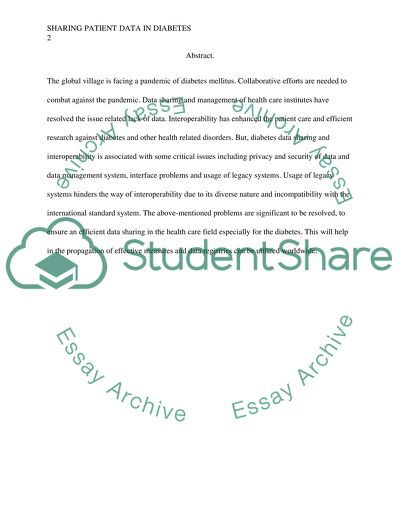Cite this document
(“Sharing patient data in diabetes Essay Example | Topics and Well Written Essays - 1000 words”, n.d.)
Retrieved from https://studentshare.org/health-sciences-medicine/1465276-sharing-patient-data-in-diabetes
Retrieved from https://studentshare.org/health-sciences-medicine/1465276-sharing-patient-data-in-diabetes
(Sharing Patient Data in Diabetes Essay Example | Topics and Well Written Essays - 1000 Words)
https://studentshare.org/health-sciences-medicine/1465276-sharing-patient-data-in-diabetes.
https://studentshare.org/health-sciences-medicine/1465276-sharing-patient-data-in-diabetes.
“Sharing Patient Data in Diabetes Essay Example | Topics and Well Written Essays - 1000 Words”, n.d. https://studentshare.org/health-sciences-medicine/1465276-sharing-patient-data-in-diabetes.


